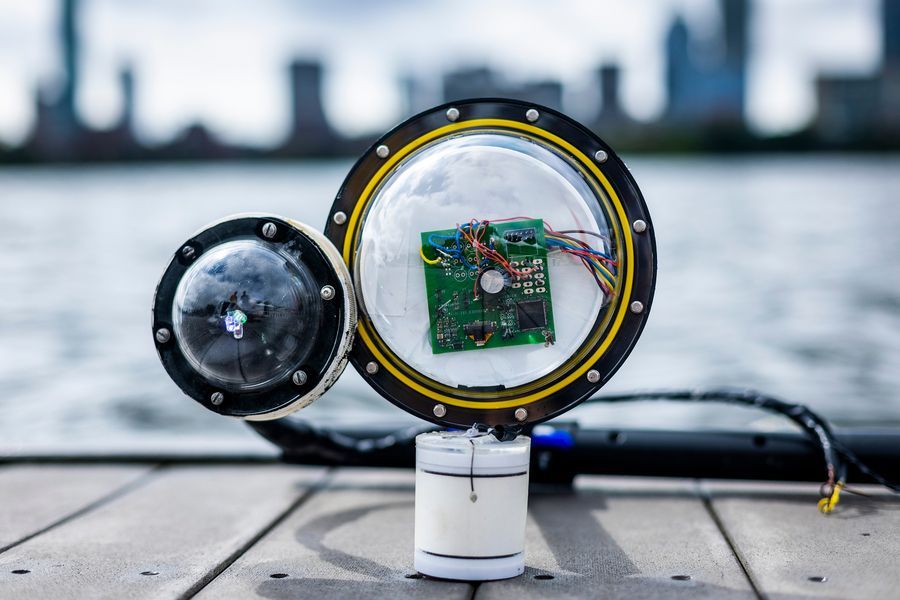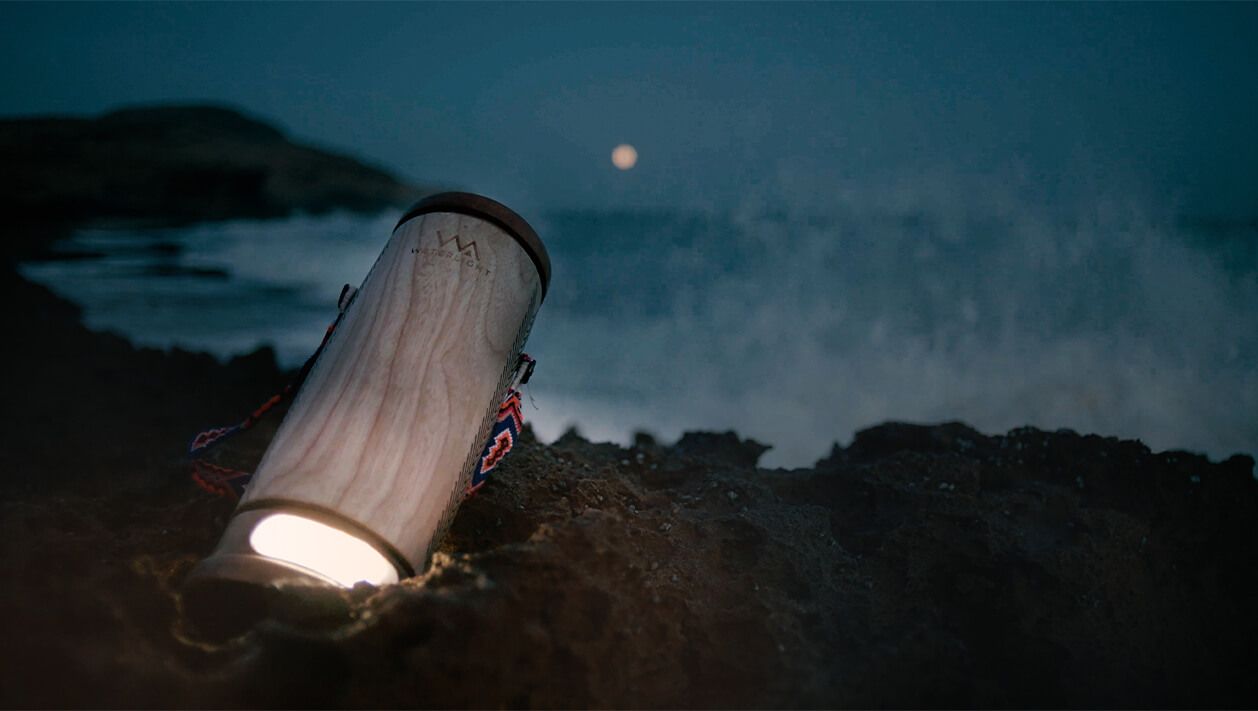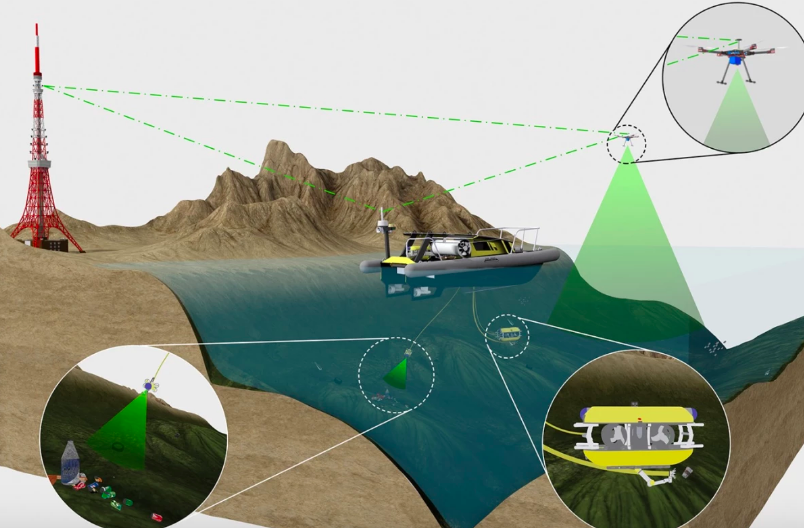
Over 95 percent of the world's oceans are still unexplored. An important reason for this is that it is difficult to examine large volumes with cameras and this is due, among other things, to problems with the power supply to the cameras.
Either the cameras are powered by batteries, but then the cameras regularly have to be picked up so that the battery can be charged or replaced. Or the cameras are connected to a power cable from a ship, but that means the cameras can only travel where the ship goes.
Researchers from MIT in the USA have now developed a camera that does not need either a battery or a power cable. The camera is instead powered by sound. It converts sound waves traveling through the water into electricity. As the camera, according to the researchers, is 100,000 times more energy efficient than today's underwater cameras, the small amount of electricity is enough to power the optics and communication equipment.
The camera uses transducers made of piezoelectric material to generate electricity. The sound waves needed can come from passing ships or marine animals. The camera collects energy until it has enough to operate and then starts taking pictures of the ocean. If the energy runs out, it waits for new sound waves, and the process repeats.
The researchers have tested a prototype that worked so well that they now intend to go ahead and build a more advanced model.







